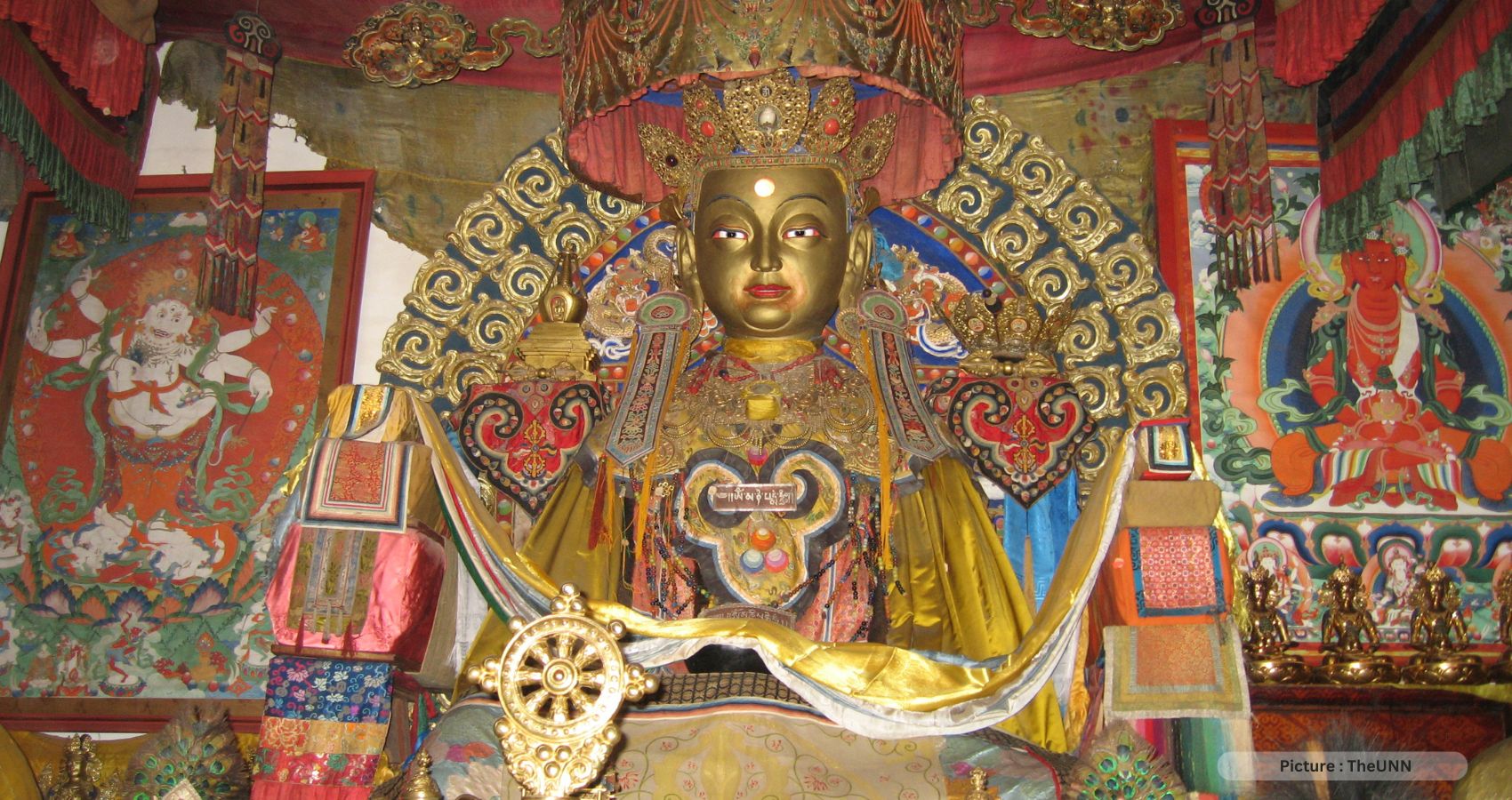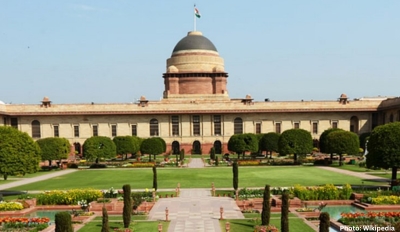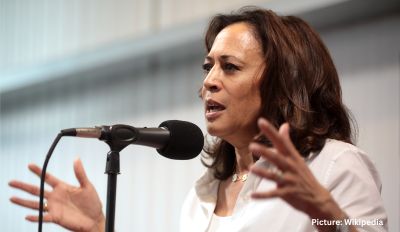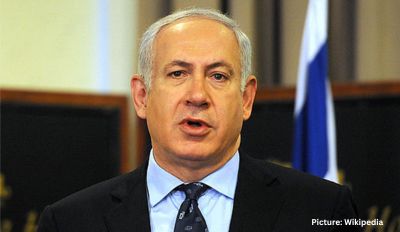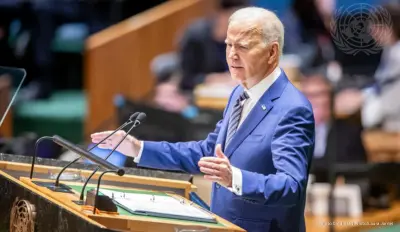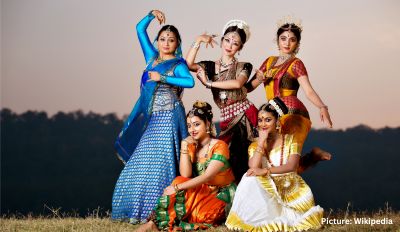For centuries, Tibetan Buddhism has been guided by the Dalai Lama, an 88-year-old spiritual leader who sought refuge in India in 1959 and has since lived in exile. However, Beijing views the Dalai Lama as a separatist figure and insists that only the Communist Party, an avowedly atheist organization, possesses the authority to designate his next reincarnation, as well as that of other prominent lamas. This control over religious leadership is part of China’s strategy to diminish the Dalai Lama’s influence in Tibet and suppress any challenges to the Communist Party’s dominance. As the Dalai Lama advances in age, tensions escalate over the eventual struggle between Tibetan exiles and Beijing for the legitimate succession of his reincarnation.
Mongolia’s Complicated Role in the Tibetan Buddhist Leadership
Mongolia plays a pivotal role in this complex narrative due to the significant following the Dalai Lama enjoys within its borders. Nearly half of Mongolia’s 3.4 million population identifies as Buddhist. The roots of Tibetan Buddhism in Mongolia run deep, with a history spanning over seven centuries. Nevertheless, the faith faced severe suppression for more than seven decades during Mongolia’s socialist rule, which began in 1924. The resurgence of Buddhism only occurred following democratic reforms in the 1990s.
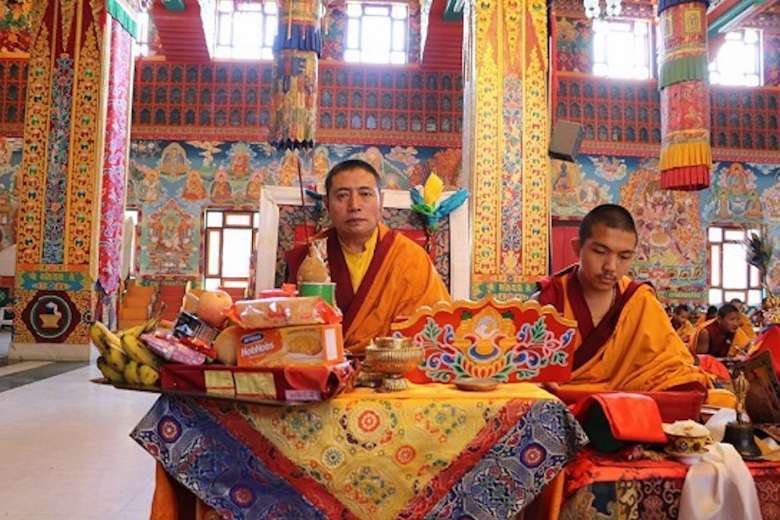 The veneration of the Dalai Lama has created a challenging situation for the Mongolian government. Mongolia heavily relies on China for virtually all its trade, which puts them in a vulnerable position. Beijing responded to the Dalai Lama’s 2016 visit to Mongolia by closing border crossings, imposing tariffs, and canceling bilateral talks, signaling the consequences of any association with the spiritual leader in the eyes of China.
The veneration of the Dalai Lama has created a challenging situation for the Mongolian government. Mongolia heavily relies on China for virtually all its trade, which puts them in a vulnerable position. Beijing responded to the Dalai Lama’s 2016 visit to Mongolia by closing border crossings, imposing tariffs, and canceling bilateral talks, signaling the consequences of any association with the spiritual leader in the eyes of China.
Mongolia’s Spiritual Leader: The Bogd
The spiritual leader of Tibetan Buddhism in Mongolia is known as the Bogd, formally addressed as the Jebtsundamba Khutughtu. This position boasts a rich history dating back nearly four centuries to the descendants of the Mongol emperor Kublai Khan. Currently, an 8-year-old boy represents the 10th incarnation of the Bogd, succeeding the previous one who passed away in 2012.
Although Tibetan Buddhism does not adhere as rigidly to hierarchical structures as some organized religions, such as the Roman Catholic Church, the Bogd holds one of the most esteemed senior positions in Tibetan Buddhism, ranking after the Dalai Lama and the Panchen Lama. Notably, the Panchen Lama, who was appointed by the Dalai Lama in 1995, was abducted by China and replaced with a monk chosen by Beijing, illustrating China’s aggressive interference in Tibetan religious affairs.
The Enigmatic Process of Lama Selection
The selection process for high lamas is shrouded in mystery. Tibetan Buddhist leaders claim to follow an ancient tradition involving mystical visions and astrology to guide their search. Candidates are subjected to tests to determine if they exhibit qualities considered exceptionally holy. In the case of the boy chosen as the next Bogd, religious officials disclosed that he underwent a secret test as a toddler and successfully identified personal artifacts belonging to the previous Bogd.
Throughout history, this process has been criticized for being influenced by politics and, at times, corruption. In the late 18th century, Emperor Qianlong of China attempted to address these concerns by introducing a system where lots were drawn from a golden urn to select lamas. The Chinese Communist Party has revived this “golden urn” system as part of its efforts to control the appointment of senior monks. However, this system is widely viewed as illegitimate by those outside China.
The intricate relationship between Mongolia, Tibetan Buddhism, and China reflects the challenges and complexities surrounding religious leadership, succession, and external influence. As the Dalai Lama’s advancing age raises questions about his reincarnation, the dynamics between these key players will continue to shape the future of Tibetan Buddhism in the region.

